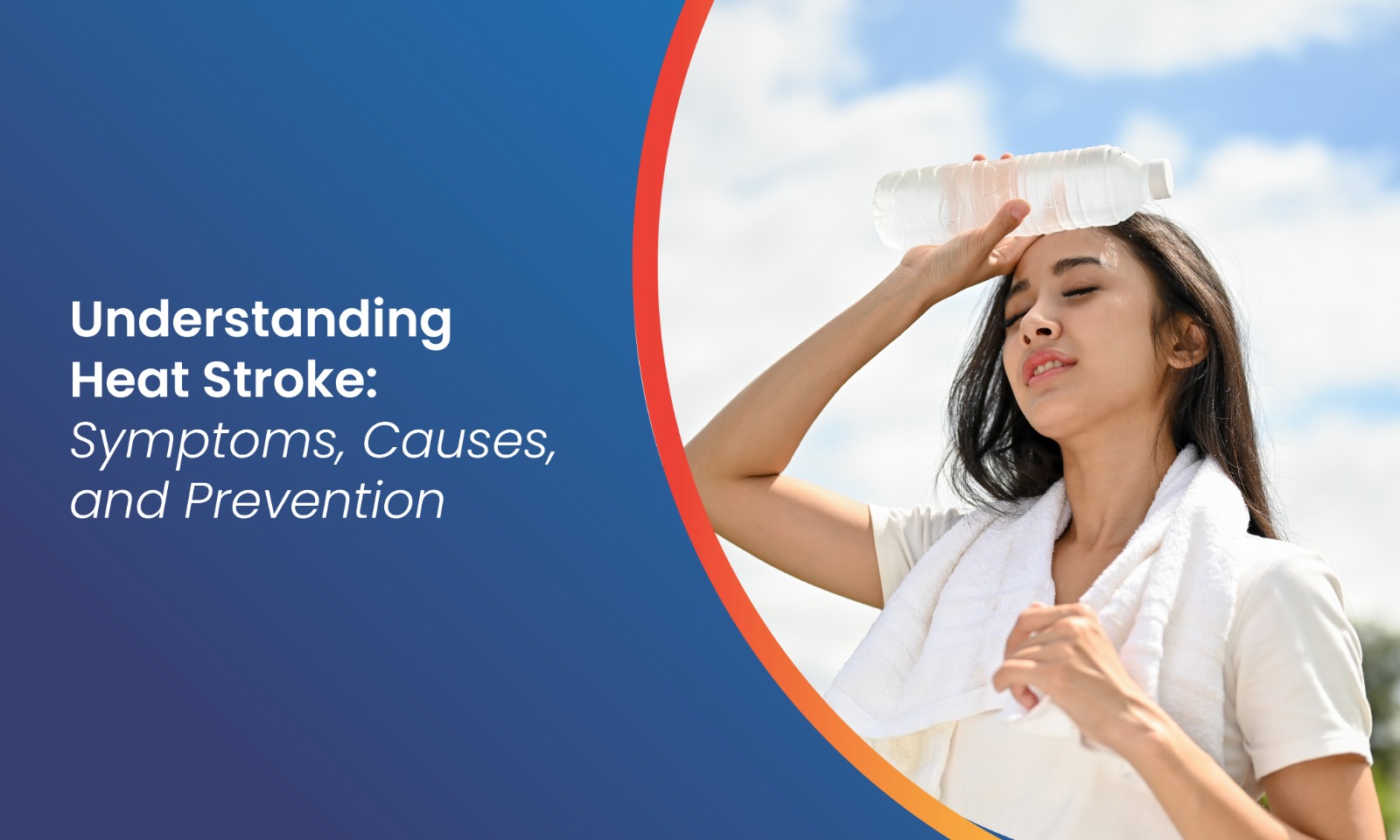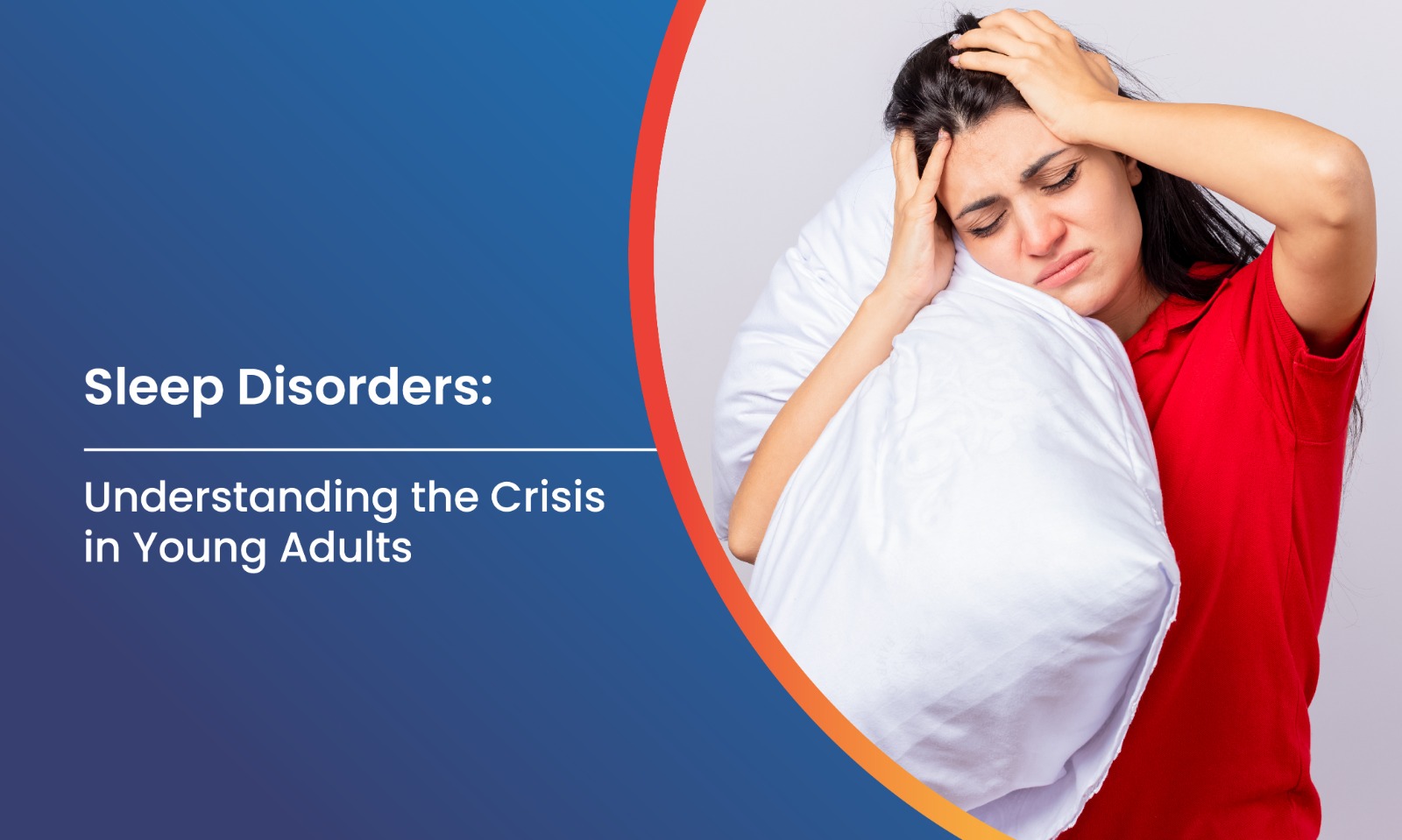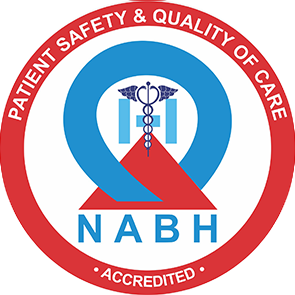Understanding Heat Stroke: Symptoms, Causes, and Prevention

Heatwaves and extreme temperatures can make summer days difficult, especially for individuals with weakened immune systems, such as children and the elderly. Heat stroke, a serious medical condition, requires immediate attention to prevent severe injury or even death. Everyone needs to be aware of the symptoms, causes, and prevention methods.
Most individuals underestimate the dangers of prolonged exposure to heat, believing that the only effect is mere discomfort. However, heat stroke occurs when the body's temperature control system fails, causing the core temperature to rise to a critical level. Recognising the warning signs in the early stages and taking appropriate action can save lives and prevent complications.
- Table of Contents
- What is Heat Stroke?
- Symptoms of Heat Stroke
- Causes and Risk Factors
- How Heat Stroke Differs from Heat Exhaustion
- Immediate Actions and First Aid
- Prevention Strategies
- Who is Most at Risk?
- Long-Term Recovery and Complications
- FAQs
What is Heat Stroke?
Heat stroke is a medical emergency characterised by a body temperature exceeding 104°F (40°C). It happens when the body’s cooling system shuts down and fails to release heat properly. Quick medical attention is necessary to avoid brain, kidney, or heart damage.
- Happens when the body fails to cool down
- Temperature crosses the 104°F (40°C) limit
- Sweating may stop, and the body feels dry
- Needs emergency help to prevent lasting damage
- It can happen from heavy work in the heat
- Anyone can get it, but the risk is higher in vulnerable groups
- Not the same as feeling hot or tired from the sun
Symptoms of Heat Stroke
Recognising the symptoms of heat stroke is vital for a quick response and effective treatment. Symptoms may develop suddenly or progress from milder heat-related illnesses. Early warning signs are often missed, leading to delayed care and increased risk.
- High body temperature (above 104°F or 40°C)
- Altered mental state or confusion, agitation, unclear speech, or seizures
- Hot, dry skin or more sweating (depending on the type of heat stroke)
- Rapid, strong pulse and rapid, low breathing
- Nausea, vomiting, headache, and dizziness
- Loss of consciousness in severe cases
- Muscle cramps or weakness, which may lead more severe symptoms
- Red, flushed skin is often seen in classic (non-exertional) heat stroke
Causes and Risk Factors
Heat stroke is typically caused by exposure to high temperatures or strenuous activity in hot, humid conditions. Certain factors increase the risk, making some individuals more vulnerable than others.
Prolonged exposure to hot, humid weather
- Energetic physical activity in high temperatures
- Dehydration from inadequate fluid intake
- Wearing heavy or dark clothing that traps heat
- Certain medications (diuretics, beta-blockers, antidepressants, stimulants)
- Chronic illnesses (heart, lung, or kidney disease, diabetes, obesity)
- Age (infants, children under 4, adults over 65) and alcohol consumption
- Lack of acclimatisation to heat, such as travelling to a hotter climate suddenly
- Living in urban areas with little green space and poor air circulation
How Heat Stroke Differs from Heat Exhaustion
Heat stroke and heat exhaustion are both heat-related illnesses, but differ in severity and symptoms. Heat exhaustion is less severe and often a precursor to heat stroke if left untreated.
Heat exhaustion symptoms: heavy sweating, weakness, dizziness, nausea, headache, muscle cramps
- Heat stroke symptoms: high body temperature, confusion, seizures, loss of consciousness
- Heat exhaustion can progress to heat stroke if not treated
- Heat stroke is a medical emergency; heat exhaustion usually resolves with rest and hydration
- Heat stroke can cause organ damage or death; heat exhaustion rarely does
- Both require prompt attention, but heat stroke needs urgent medical care
- Heat exhaustion victims usually have cool, moist skin; heat stroke victims may have hot, dry skin
- Mental status changes are a hallmark of heat stroke, not typically seen in heat exhaustion
Immediate Actions and First Aid
If you suspect someone is experiencing heat stroke, immediate action is critical. Delaying care can result in severe complications or death.
- Call emergency services immediately.
- Move the person to a cool, shaded area or indoors
- Remove excess clothing and cool the body rapidly (use cool water, ice packs, or a wet cloth)
- Fan the person to promote evaporative cooling
- Offer cool water to drink if the person is conscious and able to swallow
- Monitor the person’s condition and stay with them until help arrives
- Do not give alcohol or caffeinated drinks, as these can worsen dehydration
- If the person is unconscious, place them in the recovery position and monitor breathing
Prevention Strategies
Preventing heat stroke is possible with awareness and proactive measures. Simple changes in behaviour and environment can significantly reduce risk.
- Stay hydrated by drinking plenty of water, especially in hot weather
- Wear lightweight, light-coloured, loose-fitting clothing
- Avoid strenuous activity during the hottest parts of the day
- Use air conditioning or fans, and spend time in cool environments
- Never leave children or pets in parked cars, even for short periods
- Check on vulnerable individuals (elderly, young children, those with chronic illness) regularly
- Schedule outdoor activities for early morning or late evening when temperatures are cooler
- Use sunscreen to prevent sunburn, which can impair the body’s ability to cool itself
- Take frequent breaks in the shade or indoors if working or exercising outside
Who is Most at Risk?
Certain groups are more susceptible to heat stroke due to age, health status, or lifestyle factors. Recognizing these high-risk groups helps target prevention efforts.
• Infants and children under 4 years old
• Adults over 65 years old
• People with chronic illnesses (heart, lung, kidney disease, diabetes, obesity)
• Individuals taking certain medications (diuretics, beta-blockers, antidepressants, stimulants)
• Athletes, outdoor workers, and military personnel
• Those living in urban areas with poor ventilation or a lack of air conditioning
• People with limited mobility or who are bedridden
• Individuals who have previously experienced heat-related illness
Long-Term Recovery and Complications
Recovering from heat stroke may require ongoing medical care and monitoring. Complications can be severe and may affect multiple organ systems.
- Organ damage (brain, heart, kidneys, liver) due to high body temperature
- Muscle breakdown (rhabdomyolysis) leading to kidney failure
- Neurological complications (confusion, memory loss, seizures)
- Increased risk of future heat-related illness
- Long-term rehabilitation may be needed for severe cases
- Regular follow-up with healthcare providers is essential for recovery
- Psychological support may be needed for those who experience trauma or anxiety after a severe episode
- Lifestyle adjustments, such as avoiding heat exposure and monitoring for symptoms, are important for the prevention of recurrence
Frequently Asked Questions (FAQ)
Q1. What is the difference between heat stroke and heat exhaustion?
Heat stroke is a life-threatening emergency with high body temperature and altered mental status, while heat exhaustion is less severe and involves heavy sweating and weakness.
Q2. How can I prevent heat stroke?
Stay hydrated, wear appropriate clothing, avoid strenuous activity in heat, use air conditioning, and check on vulnerable individuals.
Q3. Who is most at risk for heat stroke?
Infants, children under 4, adults over 65, people with chronic illness, and those taking certain medications are most at risk.
Q4. What should I do if someone has heat stroke?
Call emergency services, move the person to a cool place, remove excess clothing, and cool the body rapidly while waiting for help.
Q5. Can heat stroke cause long-term health problems?
Yes, heat stroke can cause organ damage, neurological complications, and an increased risk of future heat-related illness.
Q6. Is it safe to exercise in hot weather?
Exercise should be limited or avoided during extreme heat, especially for those at higher risk. Stay hydrated and take frequent breaks.
















